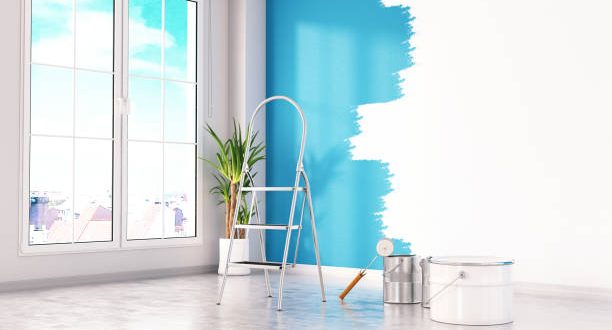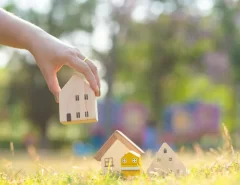Floods can cause serious damage to a home or business. Bulk cleaning and restoration is a necessary step in restoring the structure and its contents after a flood. It can be a difficult and overwhelming task, but with the right tools and knowledge, it can be done quickly and efficiently. This article will provide a step-by-step guide on how to bulk clean and restore after a flood.
- Assess the Damage:
The first step in bulk cleaning and restoring after a flood is to assess the damage. Inspecting the building for structural bulk cleaning and restoration products noting any mold or mildew, and determining the extent of the water damage. It is important to note the type of water that flooded the building, as different levels of water can cause different levels of damage. This assessment will help you determine the best course of action for restoring the building.
- Remove the Water:
Once the damage has been assessed, the next step is to remove the water. Be done with a pump, vacuums, and other specialized equipment. It is important to remove as much water as possible, as this will help speed up the drying process and reduce the chances of mold growth.
- Clean and Disinfect:
After the water has been removed, it is important to clean and disinfect the building. Sanitizing the floors, walls, and other surfaces. It is important to use the right cleaning products and methods, as some chemicals can be harmful to humans and pets.
- Remove Damaged Materials:
Once the building has been cleaned and disinfected, it is important to remove any damaged materials. This includes wet carpeting, wallboard, furniture, and any other items that have been damaged by the flood. It is important to dispose of these items properly, as some materials may be hazardous.
- Dry the Building:
After the damaged materials have been removed, it is important to dry the building. Done with fans, dehumidifiers, and other specialized equipment. It is important to make sure that the building is completely dry, as this will help reduce the chances of mold growth.
- Repair the Building:
Once the building is dry, it is important to repair any damage that may have occurred replacing drywall, carpeting, and any other materials that were damaged by the flood. It is important to make sure that the repairs are done correctly, as this will help ensure the building is safe and secure.
Conclusion:
However, it is an important step in restoring a building and its contents. This article has provided a step-by-step guide on how to bulk clean and restore after a flood. It is important to take the proper steps and use the right tools and techniques to ensure that the building is safe and secure.





